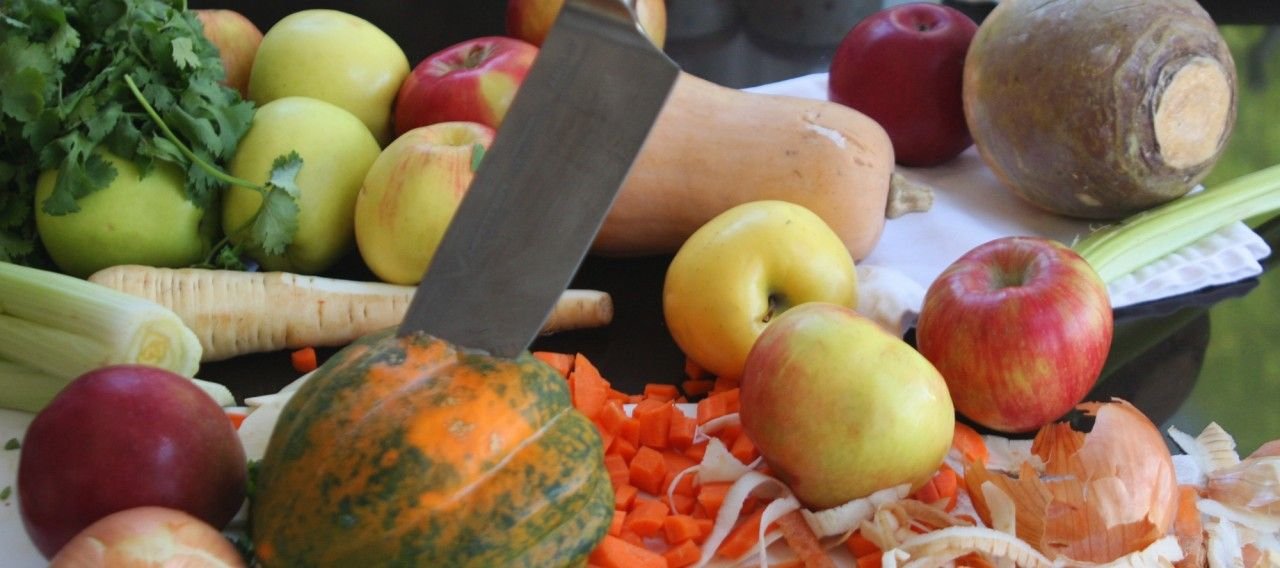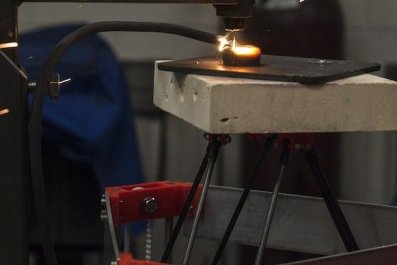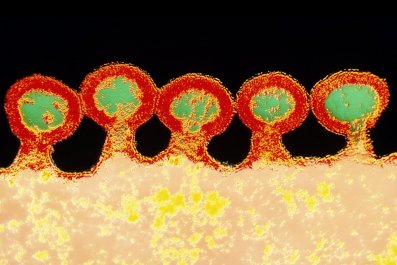The second thing I learned in cooking school, after how to hold a knife, was how to sharpen one. My chef-instructor told us with a glint of malicious glee in his eye that a sharp knife leaves a less-painful cut. He was right. The sharp blade makes a smoother incision; a dull blade leaves a jagged slash that is far more painful.
But now I'm a lazy home cook and don't keep my knives as honed as I should, which is why my ears (and fingers) perked up when I heard about the VMatter knife. The latest entrant into the high-end cutlery market, the VMatter promises to hold its edge for years without sharpening.
This is not some Amazing Ginsu-style knife that promises to be forever sharp thanks to minute serrations. Instead, according to the literature that comes with it, the VMatter uses a "revolutionary" amorphous metal alloy that has the best attributes of metal (strength!) and glass (smoothness!). The alloy, discovered at Caltech in Pasadena, Calif., is also used by Ford in its high-end engines and may someday be used in hip-replacement joints. Did I mention it's also bacteriostatic? It's not every day you spend your morning playing with a new class of matter.
But how does all this fancy science translate into a sliced tomato?
There is no better time to put a knife through its paces than Thanksgiving. I tested my eight-inch slicing knife on a cornucopia of produce the Pilgrims could have only dreamed of. As in cooking school, my first test was reducing an onion to fine dice. The sharp edge meant I was truly slicing the onion, not crushing it into bite-sized submission as a duller knife does. The knife was then subjected to obscenely large carrots, chunky russet potatoes, and old woody parsnips. The VMatter made quick work of them all. Then came the waxed turnip and the squashes with their thick, armadillo-like skin. The knife went straight into an acorn squash and sliced it clean through. For anyone who has considered taking an axe to a gourd, meet your blade.
The VMatter instantly felt comfortable in my hand, like an extension of my arm. However, my delicate, ladylike hands, which have used Wüsthof knives for longer than I would like to admit, found the bolster (the area before the handle where the first finger and thumb grip the knife) larger than what I was used to; I came away with a sore patch on my hand the first day. By day two of the Thanksgiving cooking extravaganza ("Pie Day" in my house), my hand was already accustomed to the handle. As with any knife, I recommend you hold one before you buy it to see how it fits your hand. The ideal knife should feel comfortable and balanced.
These knives deserve to be sharpened. That's another column. Usually, by the time I hear that knife-sharpening truck go by, ringing its guilt-tinged triangle, and I grab my knives and make a run for it, the driver has ambled halfway up the street.
I walk home, dejected, knives in hand, as my neighbors hastily lock their doors.

























